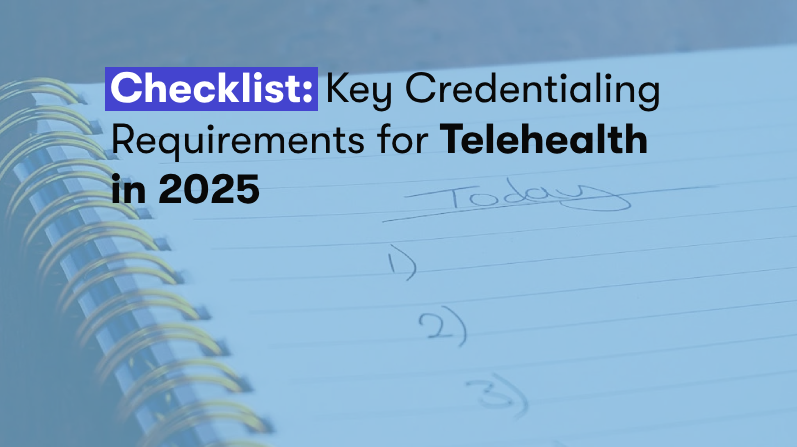.jpg)
Why remote identity checks should be part of the healthcare recruitment process.
.jpg)
The rapid deployment of new processes and technology within healthcare organisations to facilitate remote operations over the past 18 months has been extraordinary. A key operational area that has had to adapt quickly is recruitment and HR; with the challenge for healthcare providers being the onboarding of staff at pace and scale to cope with the unprecedented demand. In addition to this, frequent staff redeployment has been a necessity, which has often required the sharing of credentials to avoid duplication of effort. Within the NHS in England, this was delivered through temporary digital staff passports but has perhaps been more of a challenge for other providers in the absence of this technology.
The healthcare recruitment process is one of the lengthiest, with the industry average for hiring clinical and medical professionals being 128 days. This is primarily down to the many checks and balances to work through including interviews, proof of identity, right to work checks, references and more. That said, checking a candidate's identity is the most fundamental of pre-employment checks, as it forms the basis of all other requirements.
Pre-pandemic, Government guidance stated that healthcare employers should only accept the presentation of identity and right to work documents in person from candidates applying for a clinical role. However, as remote service roles became the norm and therefore applicants more likely to be geographically dispersed, it was recognised that this was not always possible.
Where in-person identification verification is not possible, updated guidance for healthcare employers was issued to include:
- Requesting scanned copies or photos of recommended identification
- Arranging a video call with the candidate and asking them to hold the identification up to the camera so checks can be made against the digital copies received
- Recording that a check has been done remotely
- Seeking original documentation as soon as is practical
Remote identity verification can be complex, in particular, the need to ensure documents are authentic and have not been tampered with. It is for this reason that, whether in-person or remotely, a combination of documents should be requested from a candidate to build up a picture of trust. That said, it is incredibly rare that individuals use a fake identity or falsify professional qualification documents to be employed as a doctor in the UK - since 2006, Crown Prosecution Service figures show that only 12 people have been charged under the Medical Act 1983 with pretending to be registered as a doctor.
This is one of the reasons that healthcare employers have had to take a risk-based approach to recruitment, ensuring they seek the appropriate assurance of a person’s identity whilst not discriminating against someone who has a genuine reason that they cannot present a particular document during the recruitment and onboarding process.
As we move out of the period of Covid-19 restrictions, guidance is already starting to revert to the necessity of in-person identity checks. But with many remote identity verification processes being successful, we need to better understand the reasons for reverting to the pre-pandemic bureaucracy of in-person checks if this isn't necessary.
As healthcare organisations build a more flexible workforce, we need to adopt more flexible compliance techniques - providers need to have the confidence to embrace automation technology to reap rewards in the future. Healthcare providers should be able to continue taking a risk-based approach alongside the use of ID verification technology which could hold the key to ensuring identification verification is not a bottleneck in the recruitment and onboarding process.
How Credentially can help
Credentially supports healthcare providers to streamline recruitment and onboarding processes. Our mission is to save millions of hours across healthcare by automating the hiring, onboarding and compliance processes associated with recruiting healthcare workers.
Last year, at the height of the pandemic, we helped to recruit over 3,000 clinicians for the life-saving NHS Covid Clinical Assessment Service.
Identity and compliance documents can be uploaded to Credentially, and our Optical Character Recognition (OCR) technology automatically identifies and digitises important information and document expiry dates; ensuring your HR records and identity check renewals are always up to date.
Whether you’re looking to speed up your hiring process, onboard new health care professionals more efficiently or have more control over compliance, Credentially can help.
Book a demo of Credentially’s software today to find out more.
Find out how Urgent Care provider HUC has drastically reduced time to hire down to as little as three days by automating credentialing and onboarding processes.
3 Reasons Providers Fail CQC Inspections
Are you CQC ready?




















Take Action
Popular Posts































